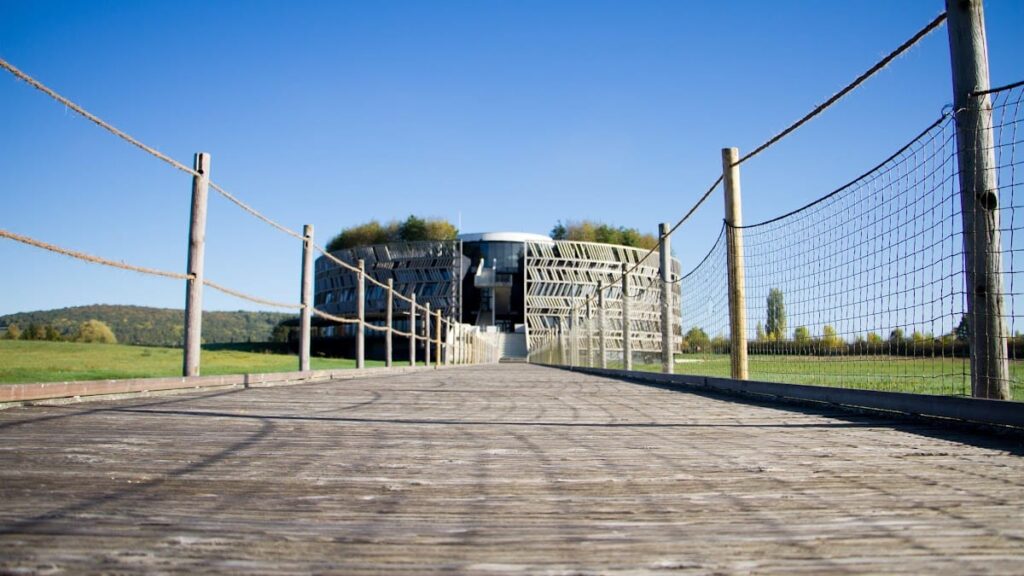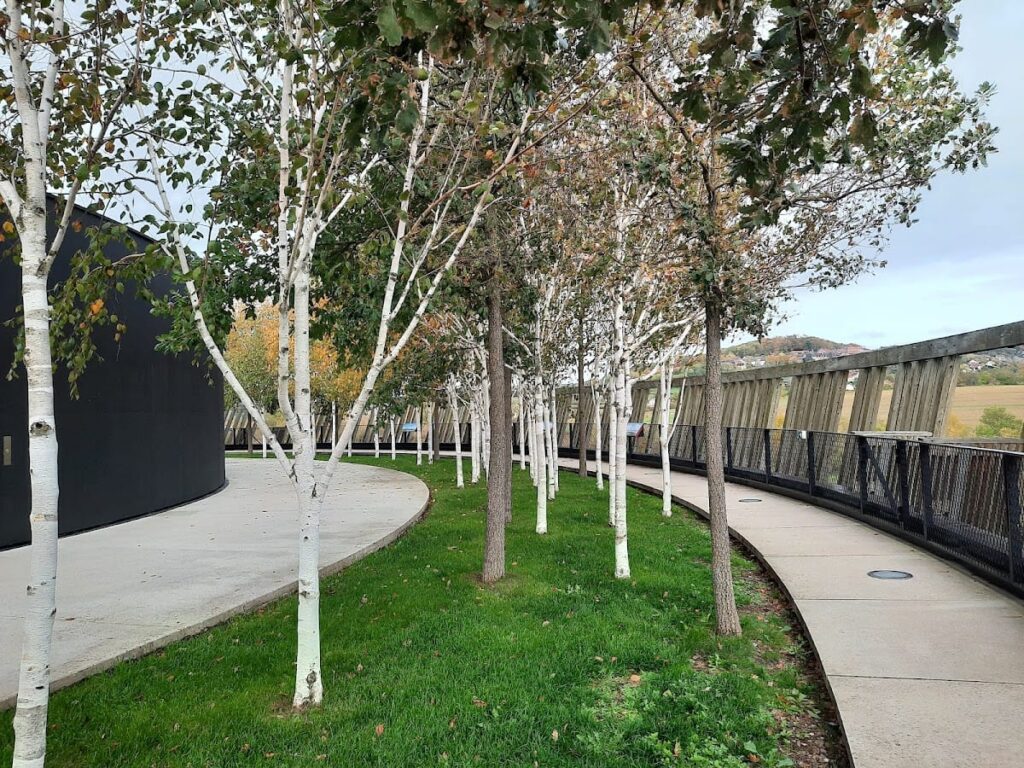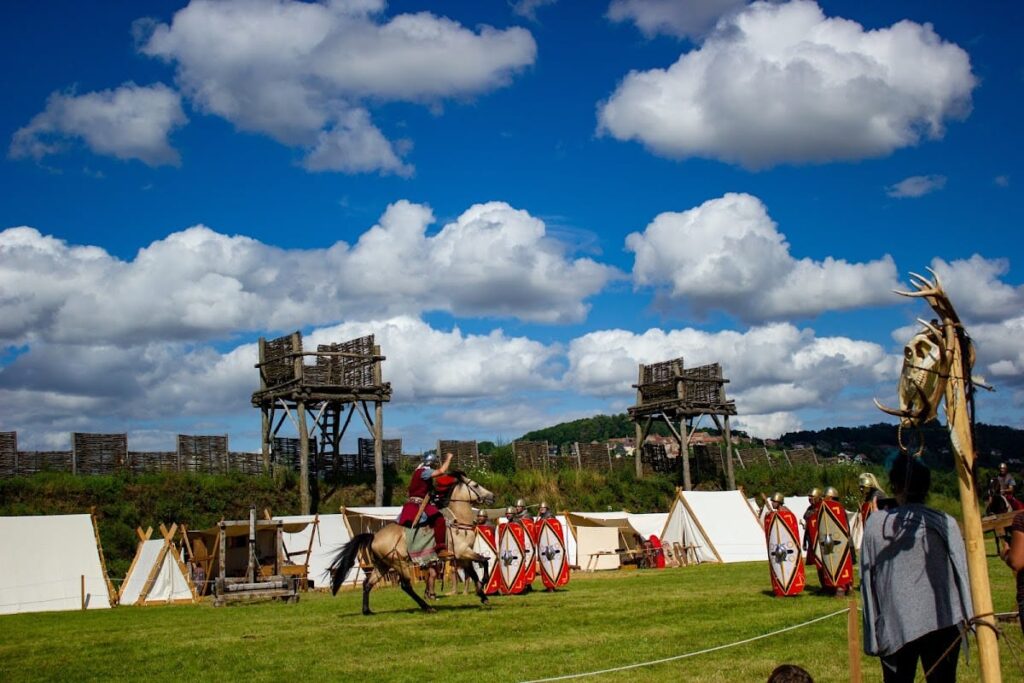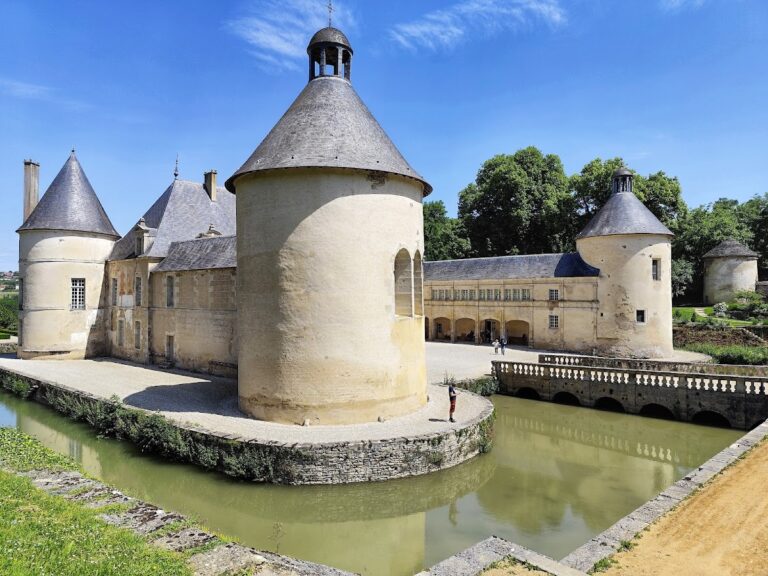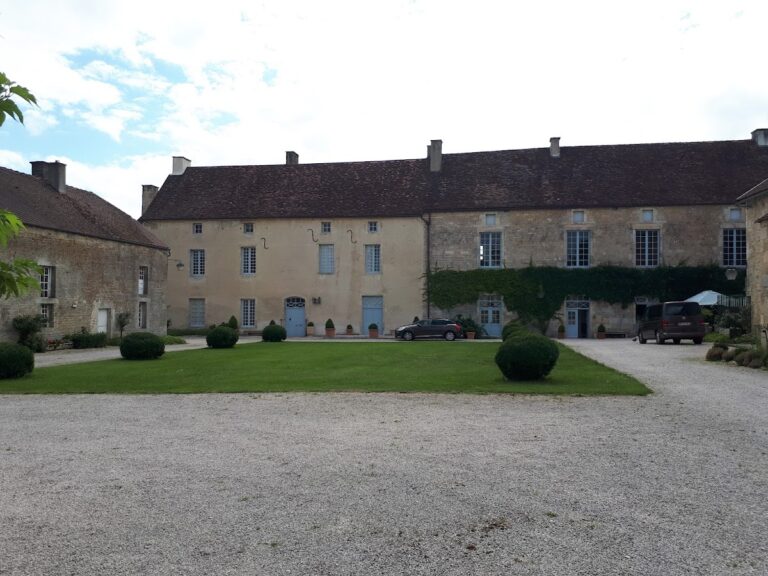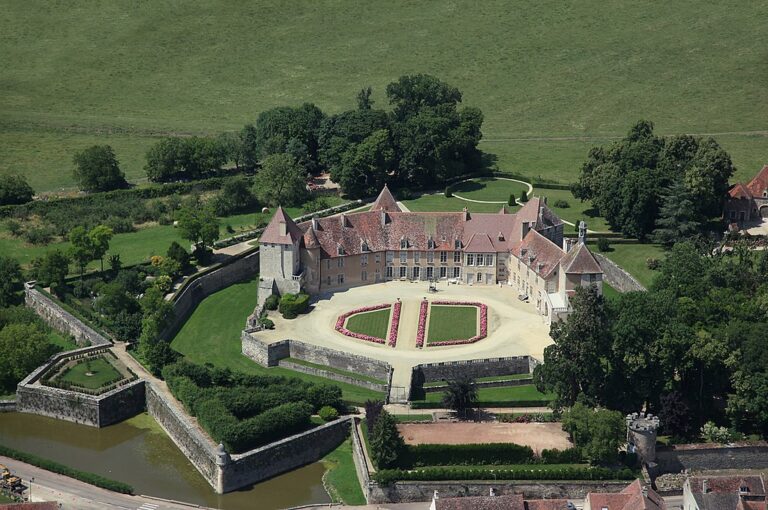MuséoParc Alésia: Interpreting the Historic Battle and Heritage of Alesia
Visitor Information
Google Rating: 4.4
Popularity: Medium
Google Maps: View on Google Maps
Official Website: www.alesia.com
Country: France
Civilization: Celtic, Roman
Remains: Military
History
MuséoParc Alésia is situated in Alise-Sainte-Reine in eastern France. This location marks the site of the pivotal Battle of Alesia in 52 BCE, where Julius Caesar’s Roman forces besieged the Gallic coalition led by Vercingetorix. The battle ended with a Roman victory, decisively influencing the Roman conquest of Gaul.
The site’s history extends far beyond this famous conflict. Archaeological evidence shows continuous occupation from the Neolithic era through the Celtic period. During the late Iron Age, the settlement evolved into a fortified oppidum, a large fortified town typical of the Gauls. This period culminated in the Gallic Wars, with Alesia serving as a strategic stronghold for the Gauls.
Following the Roman conquest, the area transitioned into a Gallo-Roman settlement. This phase saw the integration of Roman culture and administration, reflecting the broader transformation of Gaul under Roman rule. Early Christian influences also appeared in later centuries, marking the gradual spread of Christianity in the region.
Over time, the site developed into a modern village, preserving layers of its long history. The name Alise-Sainte-Reine reflects this continuity, linking the ancient oppidum to the present-day community. The MuséoParc Alésia opened in 2012 to interpret this rich history, initially focusing on the battle and the mythic origins of the Gauls. It was expanded in 2021 to present a wider historical narrative, incorporating archaeological discoveries from ongoing excavations at Mont Auxois since 2002.
The museum also explores the mythologization of Vercingetorix and the Gauls, a process that began notably under Napoleon III. This legend has shaped French national identity and historical memory, emphasizing the symbolic importance of the site beyond its archaeological significance.
Remains
The archaeological site at Alésia features a complex layout reflecting its role in the 52 BCE siege. The Romans constructed extensive fortifications around the Gallic oppidum on Mont Auxois. These include two lines of defensive walls: an inner circumvallation encircling the Gauls and an outer contravallation protecting the Romans from external forces.
The fortifications stretch over 36 kilometers in total, with the inner line measuring approximately 15 kilometers and the outer line about 21 kilometers. They incorporate ditches, embankments, palisades, and watchtowers, designed to prevent escape and repel attacks. Defensive spike traps known as cippi were also installed to hinder enemy movements.
These structures were built using earthworks reinforced with wooden elements, reflecting Roman military engineering techniques. The site includes reconstructions of siege engines such as catapults and scorpios, which were used to bombard the defenders.
Today, the remains of these fortifications are preserved and partially reconstructed, providing a tangible sense of the siege’s scale. The archaeological area covers around 6,500 square meters, allowing visitors to understand the spatial relationship between the Roman lines and the Gallic stronghold.
Excavations at Mont Auxois have uncovered numerous artifacts, including over 600 original objects displayed in the museum. These finds span from the Neolithic through the Gallo-Roman period, illustrating the site’s long occupation and cultural transitions.
The MuséoParc Alésia’s exhibitions use curved display panels and multimedia installations to present these archaeological discoveries. The outdoor reconstructions, designed by landscape architect Michel Desvigne, faithfully represent the Roman siege works, enhancing understanding of the battle’s military context.
